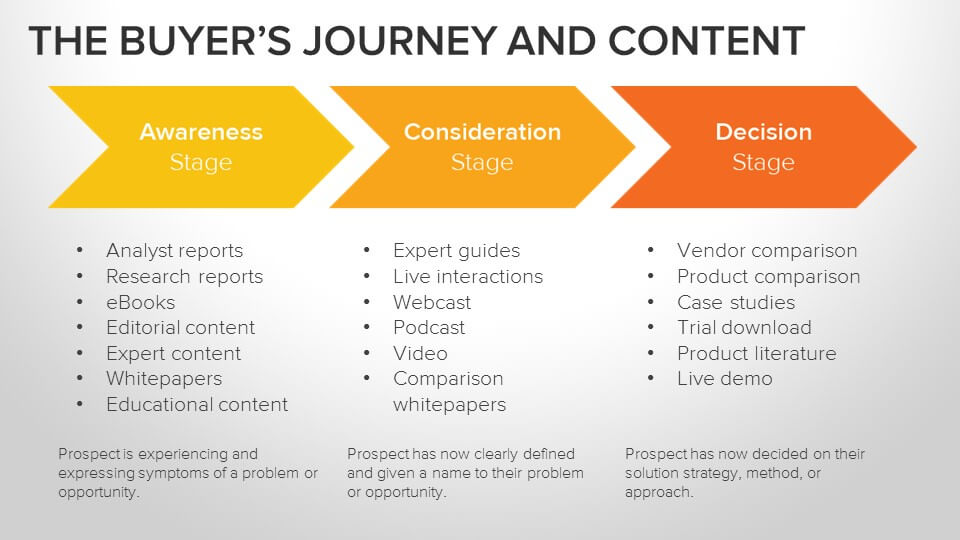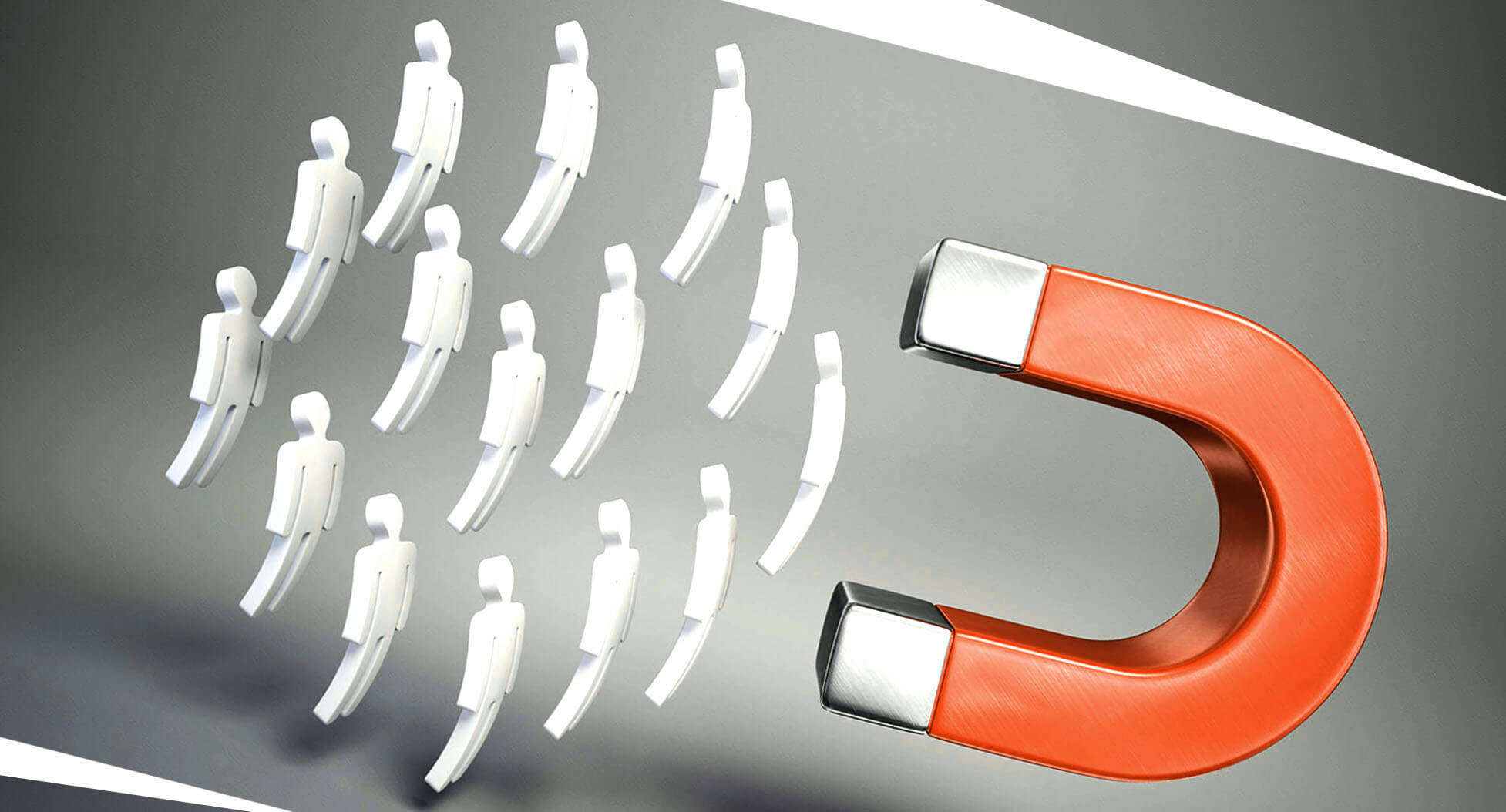In today's fast-paced world, it takes more than just advertising to stay ahead. The old ways of communicating with customers are no longer effective - they're way behind in an era where people get their information from search engines and social media sites instead!
The days when corporations could rely on billboards or radio ads for marketing messages have been replaced by the internet which moves quickly enough that even small delays can cost you sales opportunities lost forever!
In this blog, we look at ways in which Inbound Marketing has replaced more traditional methods of marketing and by adopting an inbound methodology you will attract leads with a higher conversion rate than those who do not.
Taking the initiative
When making high-value purchases, in the modern day buyers aren't typically content to consume only what is fed to them. Rather than forming their buying decisions on the basis of what they see in television or print advertising, or speaking to a customer service representative, they do their own research online. What this means is that the way in which we market in the online environment can be absolutely critical to reaching a large share of customers.
Understanding the buyer's journey
You've probably heard the term "buyer's journey" before, but do you know what it means? The buyer's path goes like this: awareness of an opportunity (or threat), consideration about their options for action now and finally reaching a decision. Understanding these 3 stages can help your business take its share in today’s competitive marketplace!

Awareness Stage
During the Awareness stage, a buyer is researching exactly what they need. There are a range of marketing options which can help the buyer during this stage - guides, videos and other forms of media can assist buyers by providing clear and helpful information; while at the same time, increasing the profile of a brand.
Consideration Stage
During the consideration stage, the buyer begins to research specific solutions, analysing their options and weighing them up against each other. Again, an effective inbound marketing strategy can seek to furnish the buyer with clear information which details different options available - in the case of properties, this can include the varieties of property available, along with their benefits.
Decision Stage
When the buyer comes on to making their final choice in the decision stage, the onus is on a company to ensure that they capitalise on their marketing activities and provide a clear call to action. Having positioned themselves as a trusted authority throughout the buyer journey, they can now benefit from being one of the buyer's first choices when it comes to purchasing.
What is inbound marketing, and how important is content?
Inbound marketing gives consumers a number of avenues through which to actively engage with a brand. There is no shortage of inbound marketing methods which make it possible to connect with buyers at all three stages of the buyer journey - what they have in common is quality content. Be it blogs, eBooks, infographics, audio, video or guides; investing time and finances into producing the right content can give you the tools to engage an audience, and increase your conversions.




